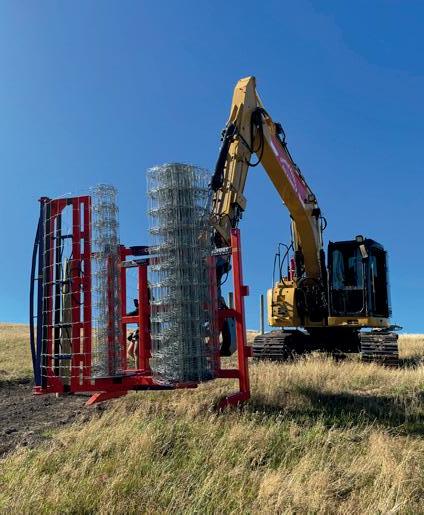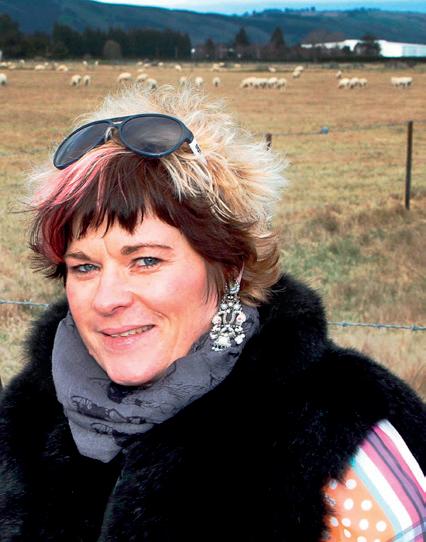Keep calm and reduce lameness Veterinarian Neil Chesterton recently spoke to a large group of dairy farmers in Dunsandel and Hinds in Canterbury about ways to reduce lameness in dairy cows and how to improve cow flow. More than 80 Synlait dairy farmers attended each session to gain insight into the factors that contribute to lameness in cows and how to prevent it. Neil Chesterton has been a vet in dairy practice in Taranaki for almost 40 years and is well known for finding practical answers to reduce lameness in dairy cows. His studies identified that the two main areas of risk for foot damage in pasture-based systems are the walking surface of the track and the management of the herd — both on the track and in the milking yard. Neil has travelled internationally to investigate lameness problems and to train farmers and vets in low-stress herd handling, while improving cow-flow into and out of the milking shed. The seminars came about following a brainstorming session with the Farmlands Growth and Innovation team and Synlait last year, Farmlands Head of Nutrition & Animal Health Dr Robert Derrick explains.
16 | THE FARMLANDER
Different types of ailments “Studies have been done in New Zealand suggesting that an average of 26 percent of the cows in large herds have some form of lameness over the course of a full year, so it’s widespread,” Dr Neil says. Just four lameness conditions account for about 90 percent of the lameness in pasture-based farms in New Zealand. These are: white line injury, sole injury, axial wall damage and foot rot. Lameness in dairy cattle in New Zealand is mainly associated with injury and infection. • White line injury: This is a lameness condition affecting predominantly the lateral claw of hind feet in adult cattle and the medial claw of the front feet in heifers. Stress and handling under pressure in the collecting yard and the tracks increases the risk of white line separation. This initial separation allows entry of foreign material and an abscess to form under the wall. After about 2 weeks the abscess works its way up towards the coronet and bursts out. The main sign of pressure handling is to see cows with their heads up over the backs of other cows. • Sole injury: Another common foot issue causing lameness is sole injury. This could be a sole bruise but more commonly lameness is caused by a sole puncture wound. This puncture can develop into an abscess that Dr Neil says “works its way underneath the sole and bursts out between the claws.” Kiwi cows are used to walking distances to and from the milking shed and if allowed to walk at their own pace, are very good at avoiding stones that might damage their soles. Stressed cows with their heads up can’t see where they are treading and can’t pull up their hooves quickly to relieve pressure if they do tread on something sharp. • Axial wall damage: Cracks between the toes or axial wall damage, are also quite common. These start with an injury caused by a stone jammed up between the claws at the top of the hoof. For example the cow may have had (treated) foot rot 3 months earlier but the injury can grow further down the hoof, causing cracks in the axial hoof wall. • Foot rot: This is initially caused by an injury breaking the skin between the claws, followed by a bacterial infection, most commonly Fusobacterium necrophorum. Once the injured skin is infected, the foot swells and is very painful. If treated early with antibiotics the pain and swelling rapidly heals.
Farmlands Co-operative Society Limited | © May 2021. All rights reserved.
WWW.FARMLANDS.CO.NZ













